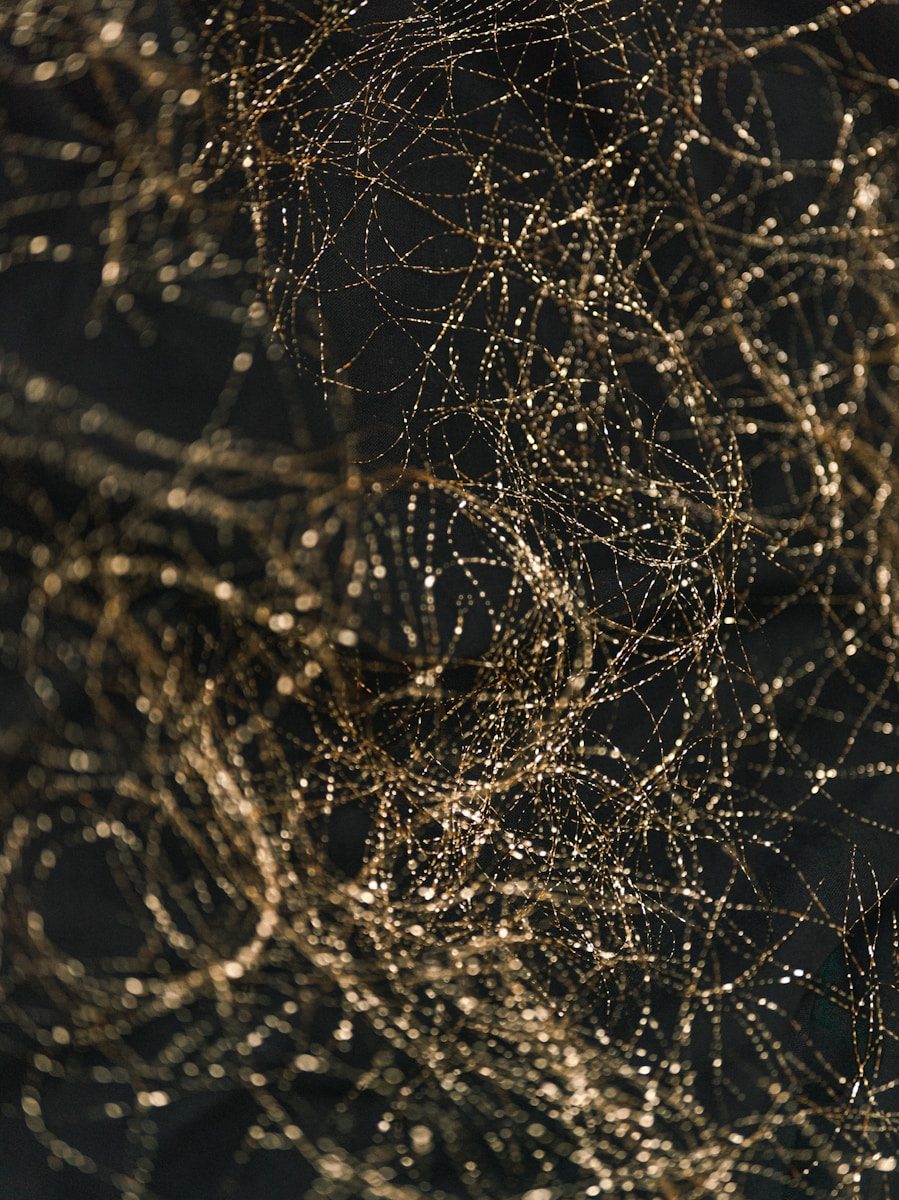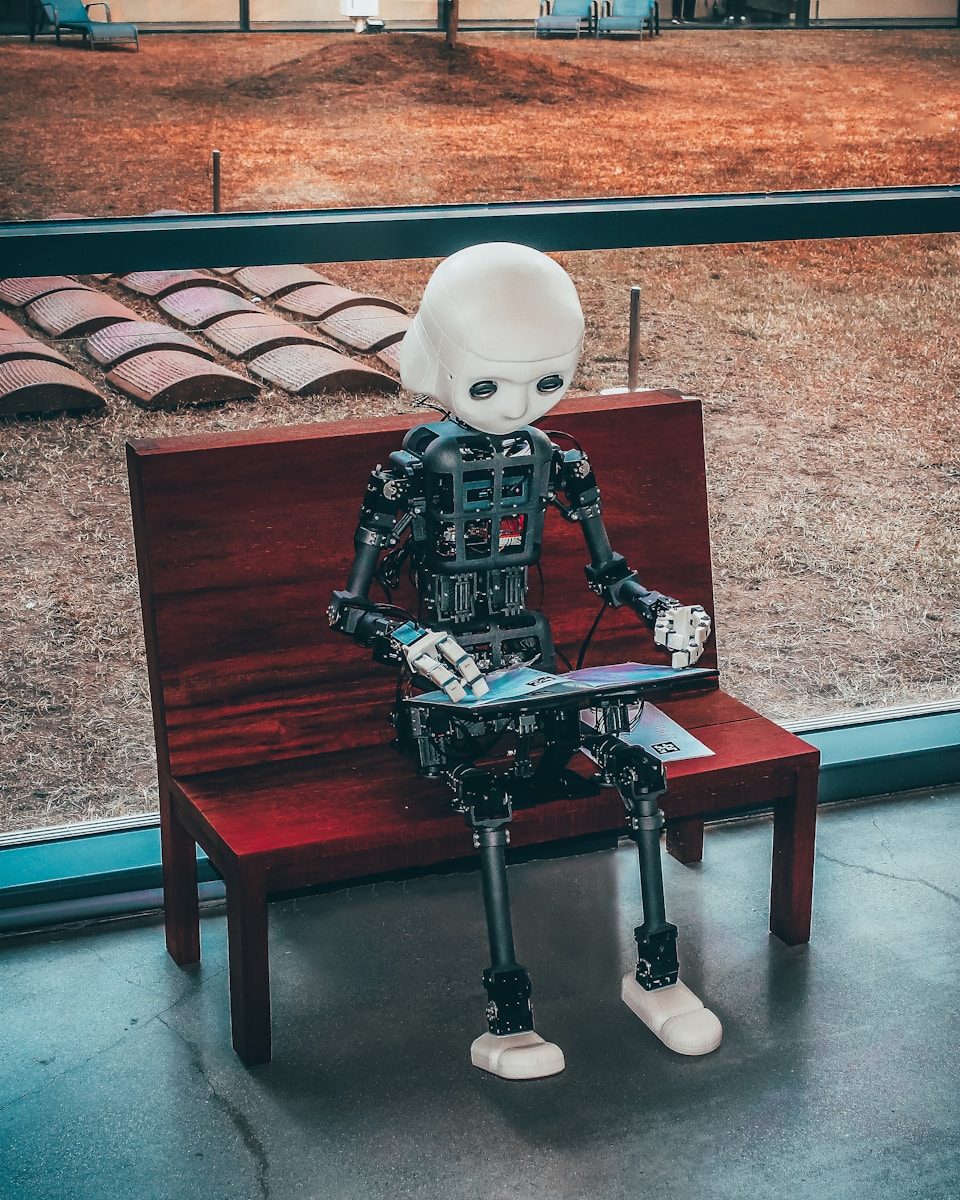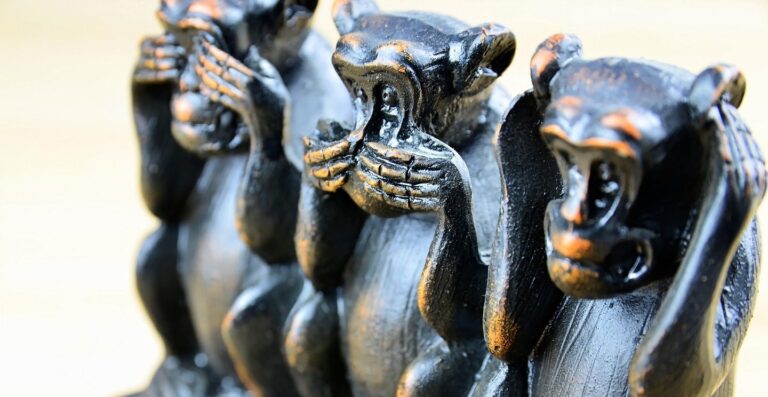ENHANCED COGNITIVE AND PERCEPTUAL ABILITIES
By William C Bushell, PhD
In these past few installments, we have been talking about yogic means to radically enhance cognitive abilities, based on the model previously developed by the present author (Bushell 2009, Bushell 2016; and see Bushell et al, in progress), which made use of recent findings emerging from the research on autism/savantism, and other forms of radically enhanced cognitive abilities achieved through extensive deliberate practice, the intensification of attentional capacities, and the shifting of cognitive states between the detail-focused and the broad, comprehensive, integrative, gestalt forms. As a brief reminder, these latter were originally scientifically described in great detail by the Nobel Prize-winning co-founder of the fields of cognitive psychology, computer science, problem-solving, AI, and related fields, Herbert A Simon, along with his students including K Anders Ericsson, and others, and have been discussed in several installments of this series (including most recently in the context of the potential role of bioelectricity) . Bushell’s contribution has been to demonstrate how these cognitive enhancements have been developed in the yogic meditational systems, particularly the Indo-Tibetan, to an adept level (Bushell 2009; and see also Ericsson et al, in Bushell et al, 2009):
“…it should be borne in mind that the Indo-Tibetan meditation system emphasizes the capacities of analysis, discursive reasoning, problem solving, insight, and other higher cognitive functions, which are included under the rubric of “analytic” meditation and what might be considered mnemonic meditation. The stereotypical notion that all forms of meditation are designed to empty the mind of discursive thoughts is quite inaccurate—though such a form of meditation is certainly one major form of meditation in the system…”
When such adept-level cognitive capabilities are developed and integrated with adept-level sensory-perceptual capabilities – as described in previous installments exploring sensory-perceptual access to the quantum level (and see also Bushell 2009, 2016, 2018; Bushell & Seaberg 2018-2019; Bushell et al, in progress) – it becomes apparent that yogic adepts may ultimately achieve access to the same kinds of data, knowledge, and deep understanding that modern and contemporary Western (cosmopolitan) science and technology do. As Bushell stated in his 2009 overview, such yogic practices may lead, through neuroplastic changes, to a form of “soft tissue-high tech” system, which may result in knowledge claims that are shared by both cosmopolitan science and yogic science.
In the installments to come, these ideas will be explored in more depth, breadth, and detail (including the possible role of bioelectricity). At this point in the series, we will introduce an important example of common ground that is shared between the two knowledge systems, that of one of the most fundamental, foundational, universal sets of ideas, known in cosmopolitan mathematics and physics as fractal self-similarity. Although possessing a long if scattered history in Western thought (and world thought, as we shall see), the modern and contemporary science of fractals was formally introduced by the mathematician Benoit Mandelbrot in the 1970’s (Mandelbrot 1977). The subject of fractals has revolutionized mathematics, physics, and other branches of cosmopolitan science by revealing how many phenomena in nature exhibit the property of self-similarity across scales, including from micro- to the macro-scopic scales – and this property is crucial to the ultimate understanding of many of the most important subjects in fundamental science and mathematics, including in the formal fields of complex analysis and complex dynamics (see Ratliff et al 2009; Dang et al 2020; Kapiamba 2022; Wood 2022; Cepelewicz 2024). And as we shall soon see, many of the great minds in cosmopolitan mathematics (especially visual mathematics and geometry) and science have been particularly drawn to what we theoretically propose to be the fractal and related discoveries of yogic scientists – although the former have not necessarily been aware that such discoveries were in fact made by yogic scientists (see Mumford et al 2015/2002, and discussion of this latter source in Bushell 2016, 2018).
REFERENCES
Bushell WC. New beginnings: evidence that the meditational regimen can lead to optimization of perception, attention, cognition, and other functions. Ann N Y Acad Sci. 2009 Aug;1172:348-61.
Bushell WC. Can Long-Term Training in Highly Focused Forms of Observation Potientially Influence Performace in Terms of the Observer Model In Physics? Consideration of Adepts of Observational Meditation Practice, Cosmos and History: The Journal of Natural and Social Philosophy Vol. 12 No. 2 (2016): Foundations of Mind III: Homage to Walter Freeman III.
Bushell WC, 2018. Yogic Perception: An Integrative Scientific Model Of Vajrayāna Meditational Practices, in Vajrayāna Buddhism in the Modern World: Proceedings of the Second International Conference on Vajrayāna Buddhism, 28-30 March 2018, Thimphu, Bhutan.
Cepelewicz J, 2024 (1/26). The Quest to Decode the Mandelbrot Set, Math’s Famed Fractal, Quanta Magazine (Complex Systems).
Dang, N., Grigorchuk, R.I., & Lyubich, M. (2020). Self-Similar Groups and Holomorphic Dynamics: Renormalization, Integrability, and Spectrum. Arnold Mathematical Journal, 9, 505-597.
Ericsson KA, Nandagopal K, Roring RW. Toward a science of exceptional achievement: attaining superior performance through deliberate practice, in Bushell, Olivo, Theise, eds. Ann N Y Acad Sci. 2009 Aug;1172:199-217.
Kapiamba A, Algebraic Dynamics Seminar: Elephants all the way down: the near-parabolic geometry of the Mandelbrot set, Harvard Department of Mathematics 2022.
Mandelbrot BB, 1977 (2020). Fractals: Form, Chance and Dimension. WH Freeman.
Mumford D, et al. Indra’s Pearls: The Vision of Felix Klein. Cambridge University Press 2015/2002.
Ratliff CP, Borghuis BG, Kao YH, Sterling P, Balasubramanian V. Retina is structured to process an excess of darkness in natural scenes. Proc Natl Acad Sci U S A. 2010 Oct 5;107(40):17368-73.
Wood C, 2022. Pondering the Bits That Build Space-Time and Brains: Vijay Balasubramanian, Quanta Magazine (4/20/22).






